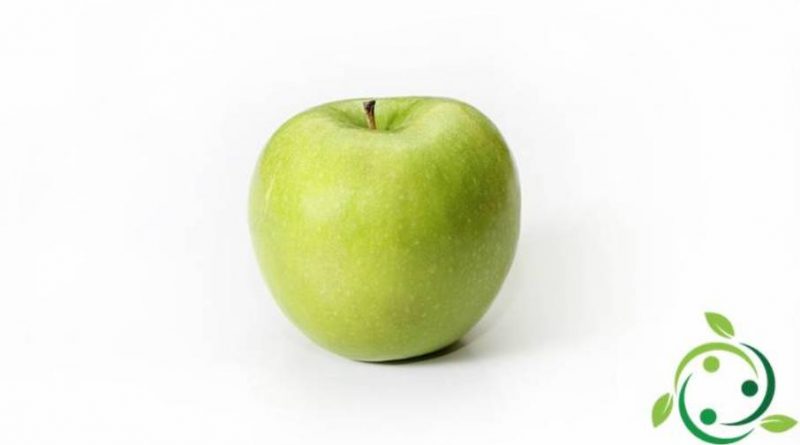Pommmel
Pommmel
For pommmel (from the Latin pōmum) it is defined in botany, the false fruit of some plants belonging to the family Rosaceae and in particular of the subfamily Maloideae; among these species we remember apple, pear, quince and medlars. Other examples of plants whose fruit is classified as pommels are the hawthorn, the medlar of Japan, the azarum, the rowan.
For this characteristic false fruit these plants also take the name of Pomacee.
The pommel is a false fruit because what we call “fruit”, that is the edible part is only the flowering receptacle that swells forming the prevailing part (as mass) with respect to the central part (torsolo) which is derived from fertilization and, therefore, the true fruit that wraps and contains the seeds. This characteristic of the pommel distinguishes it from other real fruits.
Ultimately, the part of the core that contains the seeds is the true fruit of the pomaceous plants, while the part grown around not originating after fertilization can not be defined botanically as fruit.
The morphology of a real fruit is therefore different than that of the apple. In a real fruit, the actual fruit, called pericarp, is composed of three parts: endocarp, mesocarp and epicarp (or exocarp), which, in fact, correspond respectively to the outer tegument of the seed (or seeds), to the pulp and to the peel.
In real fruits the consistency and appearance take on different characteristics, but they share the origin of the endocarp, the mesocarp and the epicarp; this is because these parts, following pollination, derive from the growth of the ovary, contemporaneous with the growth of the seed.
Unlike the apple in a real fruit, the flower receptacle does not take part in the formation of the fruit.

